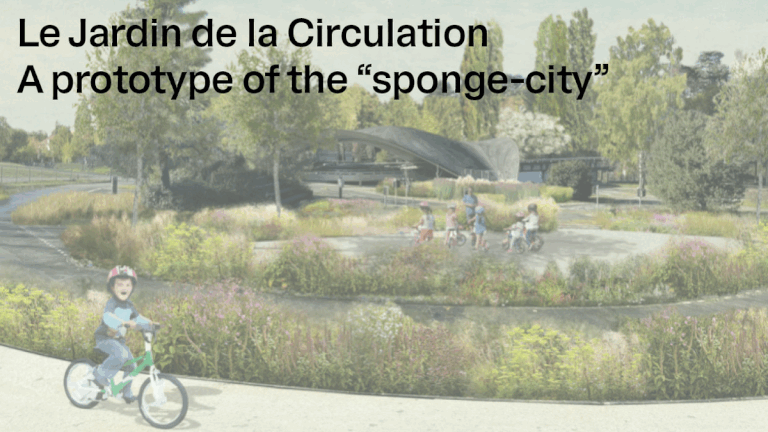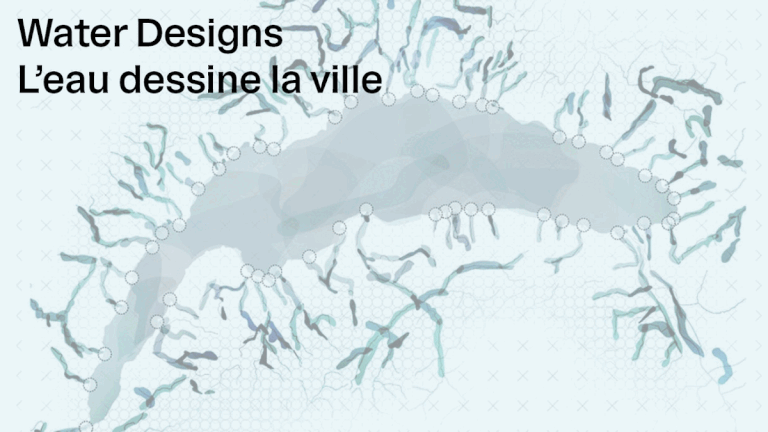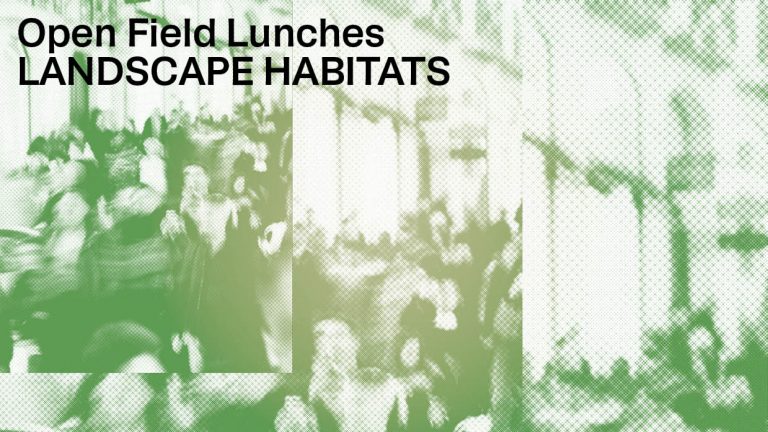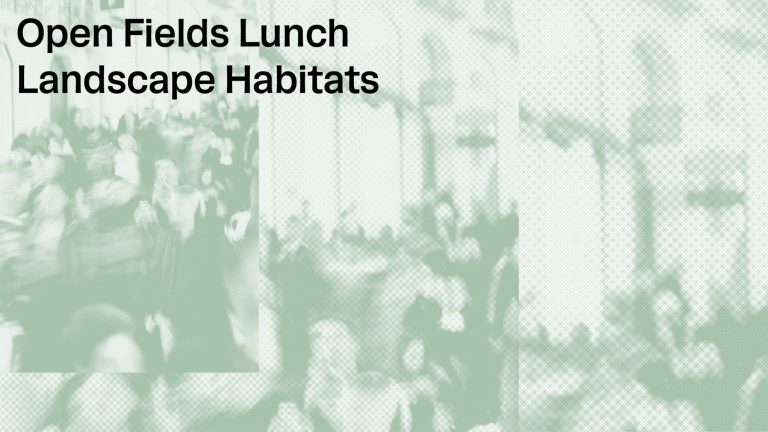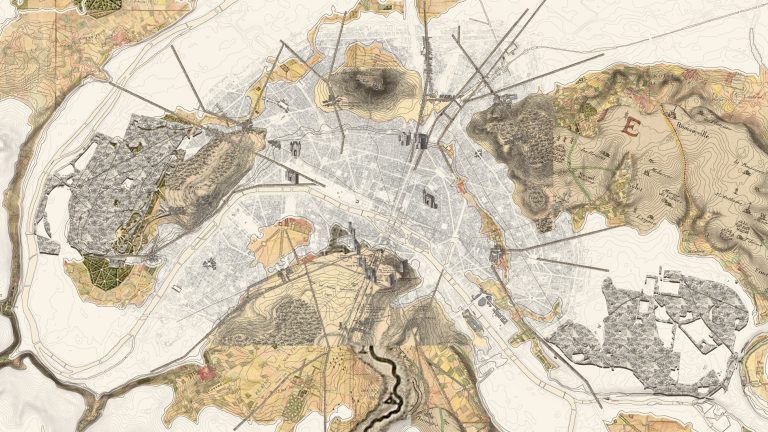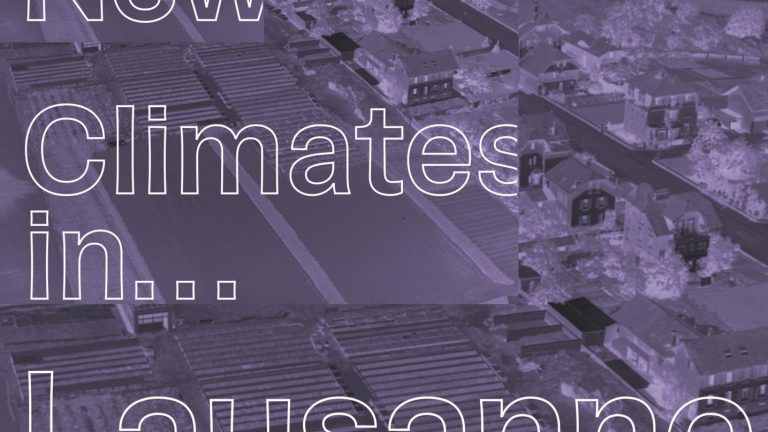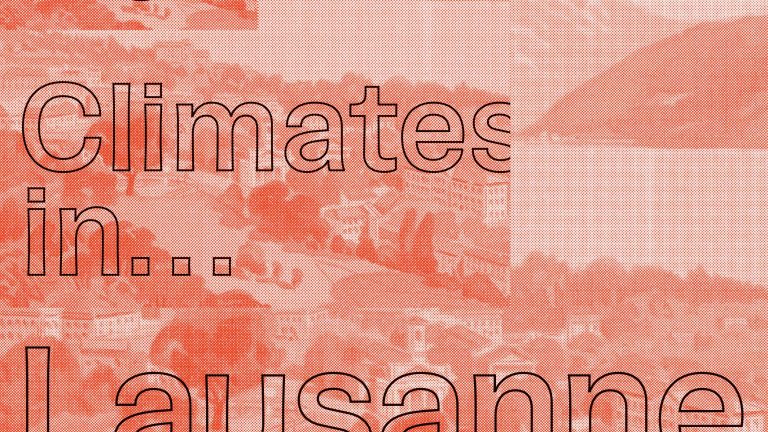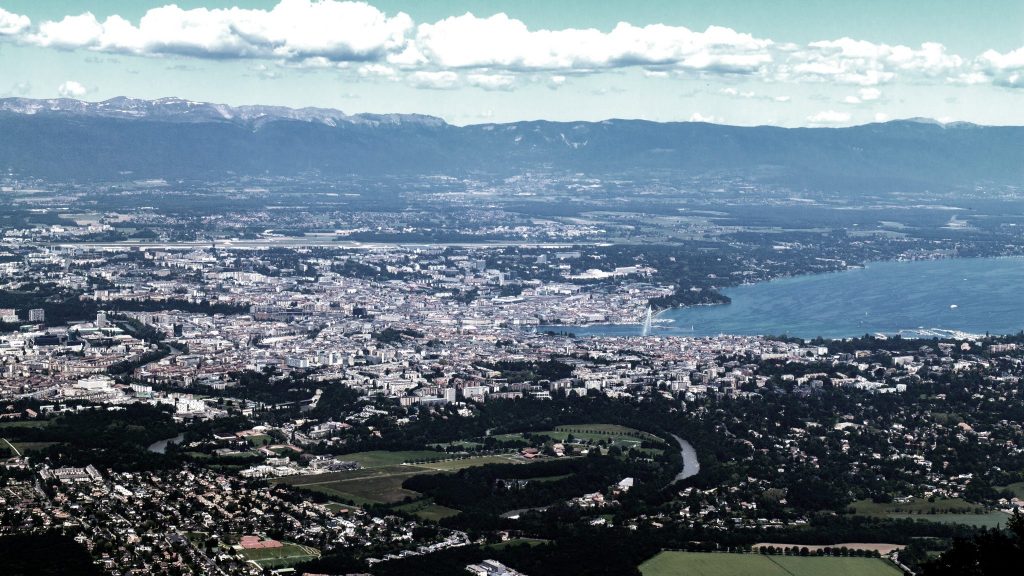
The Landscape Habitats Research Field addresses elemental habitats of soil, water and air – first for their own sake, then as the basis for regional conservation efforts, and finally as material and energetic cycles enabling the creation of a ‘second nature’. It aims at identifying natural and cultural landscape patterns as a continuous and mutually reinforcing network relating rural, natural and urban territories.
Such a focus becomes increasingly relevant within the new form of the contemporary city, a City-Territory, in which the new relations established between built and open space and between urban and non-urban domains risks fragmenting and thus threatening ecological as well as human habitats, at large. Biodiversity decline, as a result of increased urban and infrastructural development, while being an issue itself could also reduce the benefits that people derive from functioning ecosystems, i.e. ecosystem services, described as the ecological characteristics, functions, or processes that directly or indirectly contribute to human well-being. Water, soil, air…have re-emerged as fundamental actors that will be even more important in the future of Climate Change adaptation, they are at the same time resources and threats for our cities and our lives. The theme of coexistence of different forms of life, so central in the actual societal debate, is at the core of a new pact among living and non-living systems. In this respect, the Research Field promotes interdisciplinary projects going beyond traditional concepts and focusing on the transformation of the urban environment, connecting ecologists, pedologists, hydraulic engineers and environmental engineers… with architects, urban and territorial designers. The aim is to improve the resilience of human and non-human populations as well as living and non-living systems. Habitat Research Center, interested in the ecological, socio-economic and spatial transitions, is interested in developing research on such topics.
